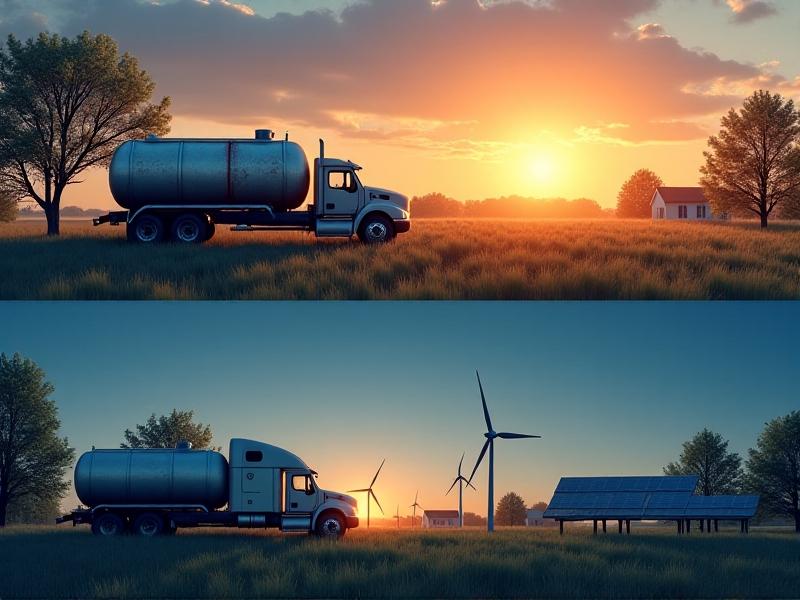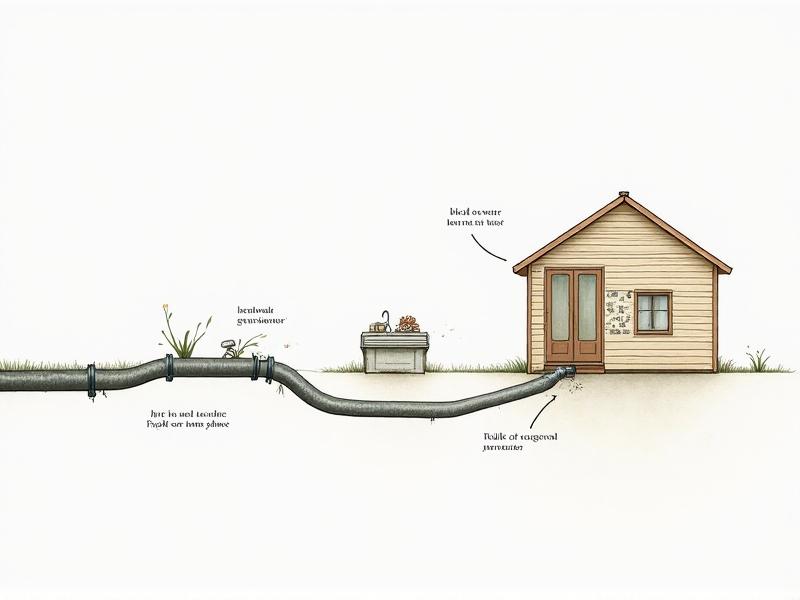Hydrogen Fuel Cell Backup Systems
The Rise of Hydrogen Fuel Cell Backup Systems in a Green Energy Era
As industries and communities increasingly prioritize sustainability and energy resilience, hydrogen fuel cell backup systems are emerging as a revolutionary alternative to traditional diesel generators and battery storage. Unlike fossil fuel-dependent solutions, hydrogen fuel cells produce electricity through an electrochemical reaction between hydrogen and oxygen, emitting only water vapor as a byproduct. This technology aligns with global decarbonization goals while offering reliable power during outages. From data centers to hospitals, hydrogen backup systems are gaining traction for their scalability, quiet operation, and minimal environmental footprint. This article explores how these systems work, their real-world applications, and their potential to redefine emergency power infrastructure.
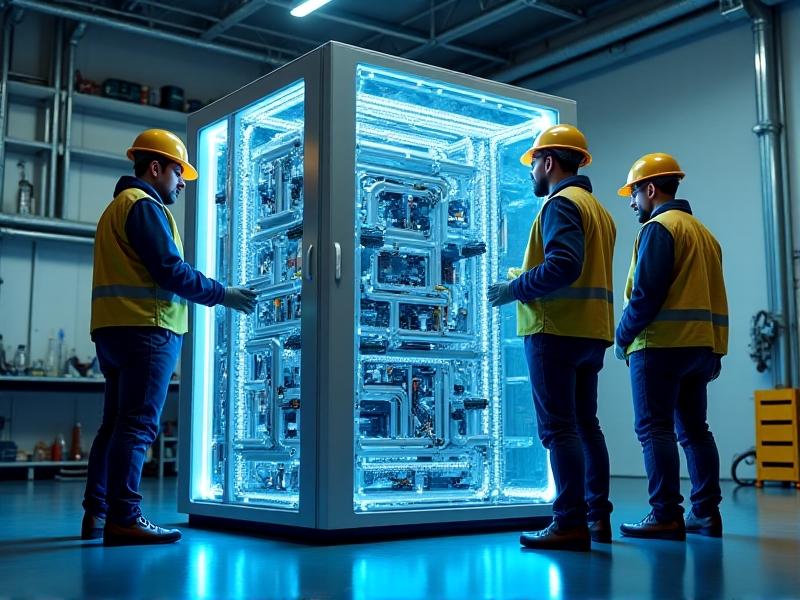
How Hydrogen Fuel Cells Generate Clean Electricity
Hydrogen fuel cells operate by splitting hydrogen molecules into protons and electrons at the anode. The protons pass through a proton exchange membrane (PEM), while electrons travel through an external circuit, creating an electric current. At the cathode, protons, electrons, and oxygen combine to form water. This process requires a steady supply of hydrogen, typically stored in high-pressure tanks or as liquid hydrogen. Advanced systems integrate renewable energy sources like solar or wind to produce hydrogen via electrolysis, enabling a fully sustainable cycle. With efficiencies exceeding 50% and rapid response times, fuel cells outperform diesel generators (30–40% efficiency) in both performance and emissions.
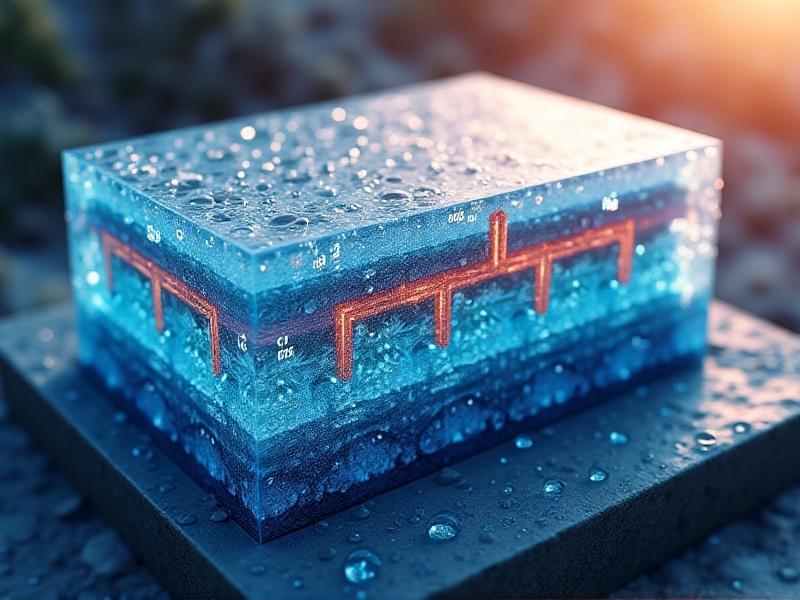
Key Advantages Over Diesel Generators and Batteries
Hydrogen backup systems eliminate particulate matter and nitrogen oxide emissions associated with diesel engines, making them ideal for urban and indoor environments. They also circumvent the limitations of lithium-ion batteries, such as degradation over cycles and finite storage capacity. For instance, while a 1 MWh battery might occupy 20 square meters, the same energy stored as hydrogen requires 85% less space. Additionally, hydrogen systems can provide continuous power for days, compared to hours for batteries. In 2023, Microsoft tested a hydrogen fuel cell system for its Azure data centers, achieving 48 hours of runtime without refueling—a milestone unattainable with conventional batteries.
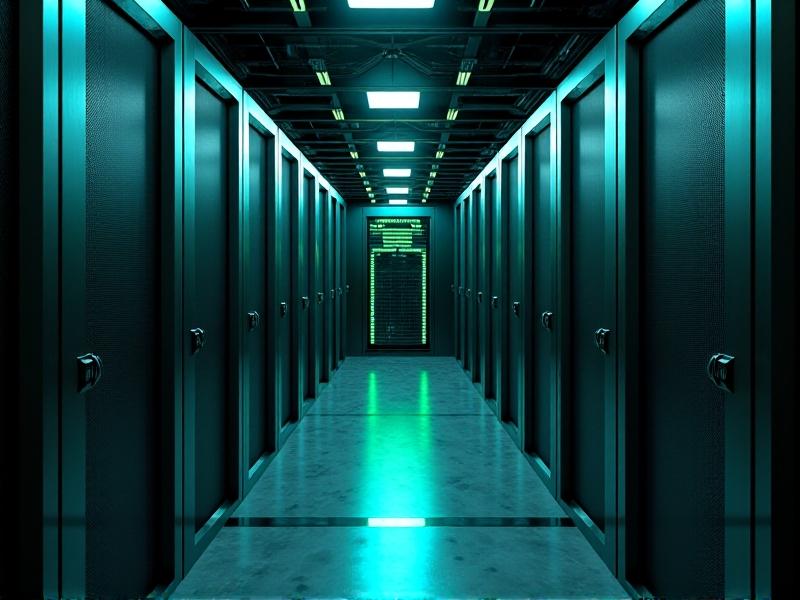
Critical Applications: From Hospitals to Telecommunications
Industries requiring uninterrupted power are increasingly adopting hydrogen backups. Hospitals, for example, rely on them to maintain life-saving equipment during grid failures. In 2022, Tokyo’s St. Luke’s Hospital installed a 500 kW fuel cell system, reducing its diesel dependency by 90%. Telecommunications companies like Verizon use hydrogen systems to keep cell towers operational during natural disasters. Remote microgrids also benefit: Alaska’s Aleutian Islands replaced diesel generators with hydrogen cells, cutting fuel shipments by 60% and lowering costs. Even residential complexes are exploring small-scale systems; a California housing community now uses hydrogen backups to power elevators and emergency lighting during wildfires.

Overcoming Challenges: Cost, Storage, and Infrastructure
Despite their promise, hydrogen systems face hurdles. Producing green hydrogen via electrolysis remains expensive at $4–6/kg, though costs are projected to drop to $2/kg by 2030 with scaled electrolyzer production. Storage is another concern; hydrogen’s low density requires compression to 700 bar or cooling to -253°C for liquefaction. Safety protocols, like leak detection sensors and flame arrestors, mitigate combustion risks. Infrastructure gaps persist, but initiatives like the EU’s Hydrogen Backbone Plan aim to repurpose 32,000 km of gas pipelines for hydrogen by 2040. Meanwhile, companies like Plug Power are developing modular refueling stations to support decentralized adoption.
The Future: Green Hydrogen and Smart Grid Integration
Next-generation systems will leverage AI for predictive maintenance and grid balancing. For example, Siemens Energy’s Silyzer platform uses machine learning to optimize hydrogen production based on real-time electricity pricing. Solid oxide fuel cells (SOFCs), which can utilize methane or biogas, are emerging for hybrid applications. Governments are accelerating adoption through incentives: the U.S. Inflation Reduction Act offers a $3/kg tax credit for green hydrogen. Projects like HyDeploy in the UK are testing hydrogen-natural gas blends to decarbonize heating. As renewable hydrogen production scales, fuel cell backups could reduce global CO2 emissions from standby generators by 1.2 gigatons annually by 2050.





